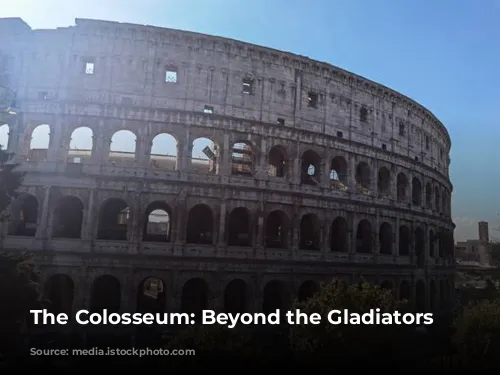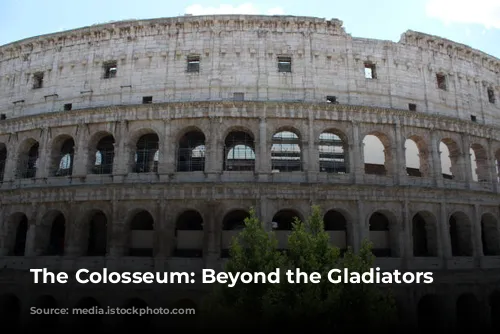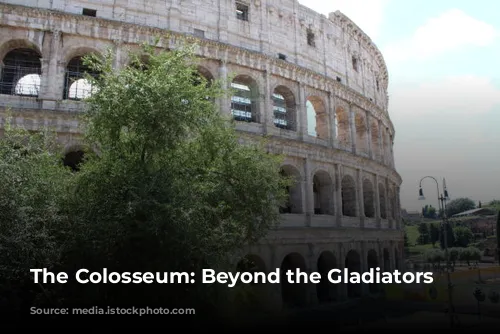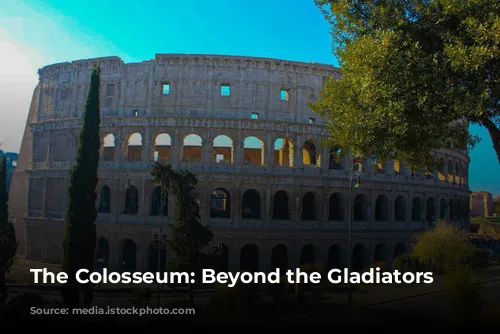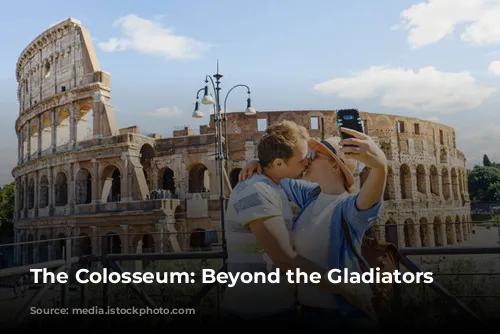The Colosseum, a towering symbol of ancient Rome, stands as one of the world’s most iconic landmarks. But beyond the gladiatorial spectacles, this architectural marvel holds a wealth of intriguing secrets. Let’s delve into the fascinating history and lesser-known facts that make the Colosseum truly remarkable.
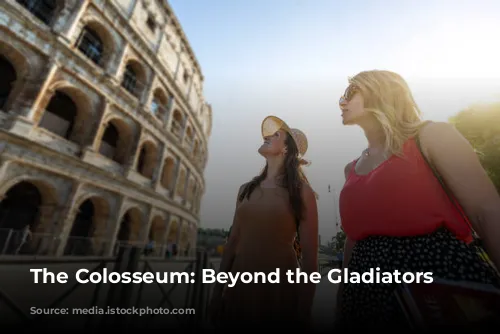
A Name With a Story
While we affectionately call it the Colosseum, its original name was the Flavian Amphitheater. This moniker reflects its connection to the Flavian dynasty, the emperors who commissioned and oversaw its construction. You might be surprised to know that it wasn’t the only Flavian Amphitheater! Another one, built during the same era by the same emperor, stands in Pozzuoli. It’s likely that the same architects were responsible for both these magnificent structures.
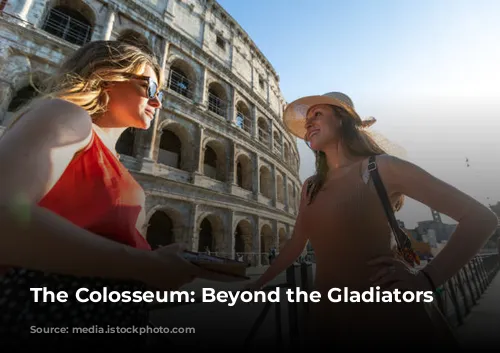
A Monument of Spite?
The Colosseum’s existence stems from an act of defiance. Prior to its construction, this land was occupied by the Domus Aurea, a sprawling palace built by Emperor Nero. The Romans despised Nero and his extravagance, especially the opulent private lake that the Domus Aurea housed. When Nero was overthrown, his successor completely demolished the palace and commissioned the Colosseum to be built in its place. This decision turned the site into a public entertainment space, representing a shift from Nero’s opulent indulgences to a more inclusive public realm.
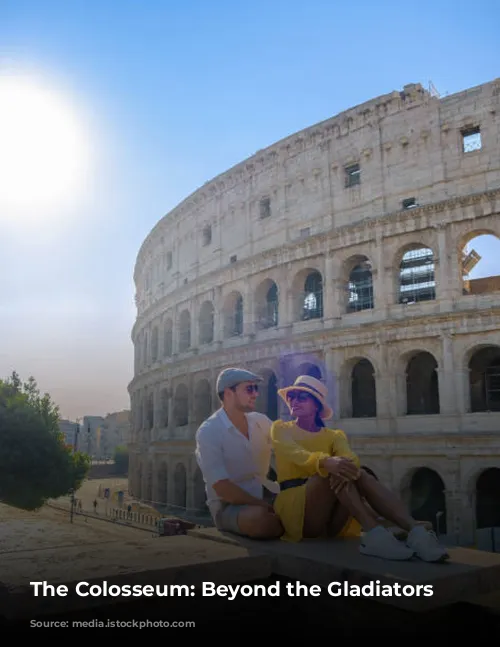
More Than Gladiators
While gladiatorial combat is synonymous with the Colosseum, it wasn’t the only form of entertainment. The arena witnessed a variety of spectacles, some even more gruesome than the gladiator fights. Emperors held the power to force anyone to participate, regardless of their status. Slaves, prisoners of war, and criminals were common participants, but even those who worked at the Colosseum could be forced to take part. Some emperors, like Claudius, would even ask spectators to join in the action, sometimes literally. Other emperors, like Caligula, were known for their sadistic tendencies, throwing unsuspecting audience members into the arena to face the beasts.
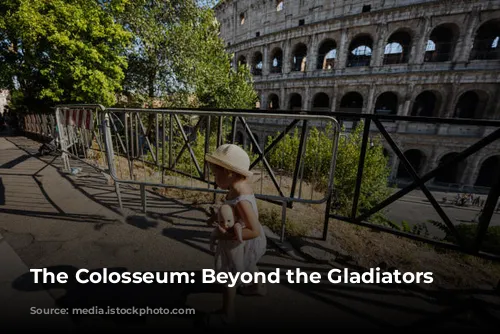
The Emperor in the Arena
It’s not often that you find emperors participating in the very spectacles they commissioned, but Commodus was an exception. This emperor, known for his arrogance and self-importance, loved the thrill of the arena. While most emperors avoided physical danger, Commodus actively engaged in the (usually staged) battles, reveling in the public attention it brought.
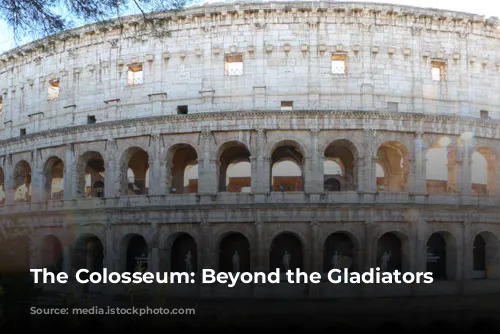
Surviving Time’s Wrath
The Colosseum has withstood numerous trials throughout history. Earthquakes and fires, destructive forces that ravaged the city, have repeatedly threatened its existence. Yet, it stands tall, a testament to the skill of its builders and the enduring spirit of Rome.
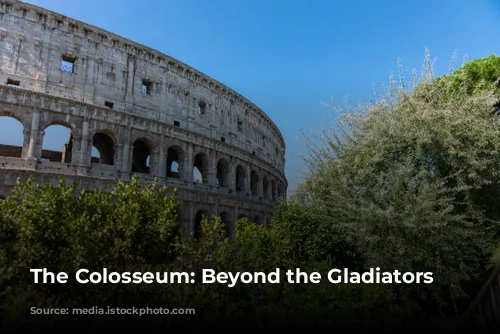
A Changing Legacy
Gladiator fights, the defining feature of the Colosseum, were abolished in the 5th century AD. For centuries after, the arena saw a different kind of use. It served as a quarry, its stones stripped away to build other structures. Later, it was used for storage, housing various materials.

A New Chapter for the Colosseum
Today, restoration efforts are underway to breathe new life into this historic site. Plans are in place to transform the Colosseum into a functioning event venue once again. While gladiatorial battles are unlikely to be revived, the Colosseum could host a diverse array of modern events, from concerts to theatrical performances. Imagine the roar of the crowd echoing through the ancient walls, a new chapter in the Colosseum’s long and illustrious history.
